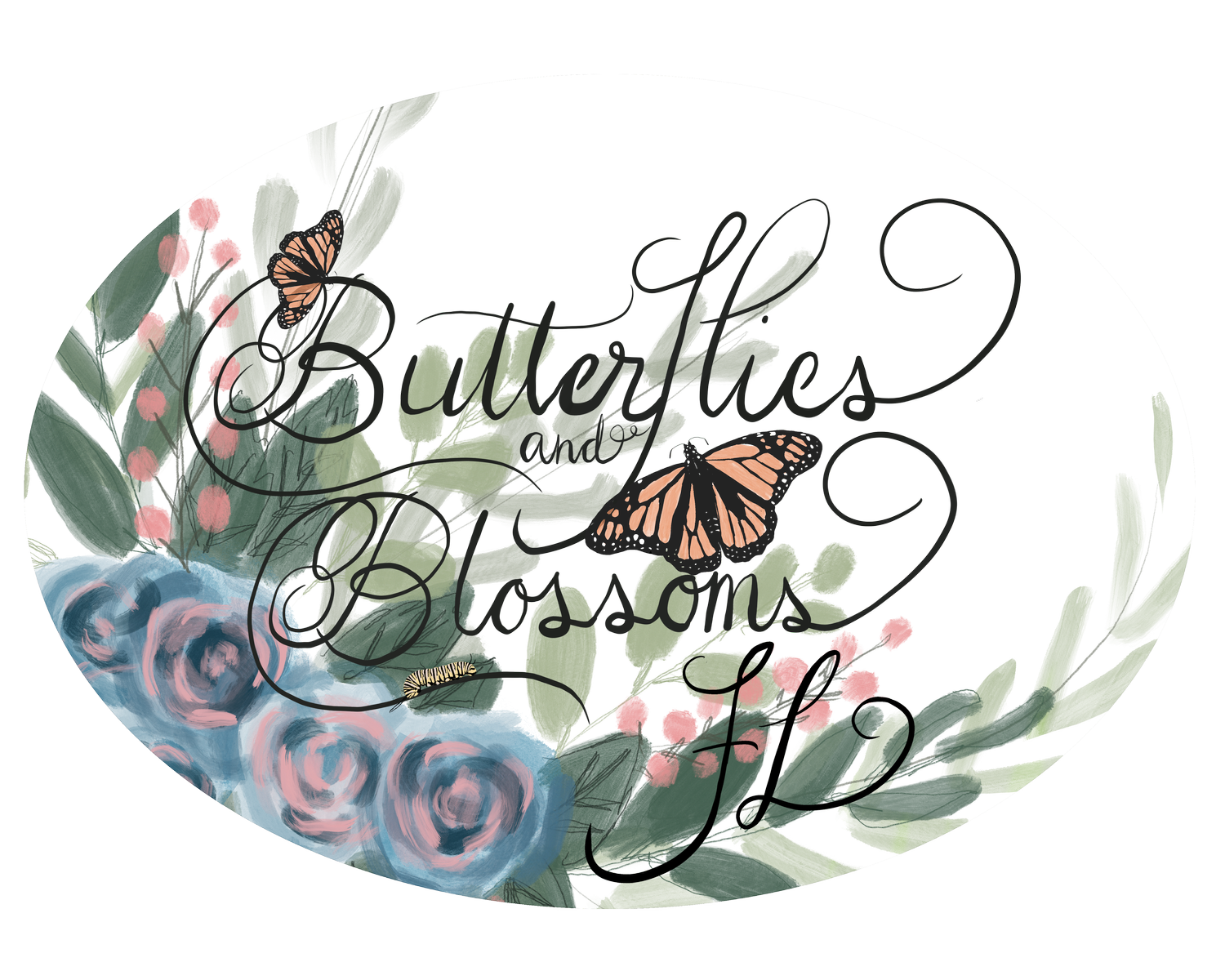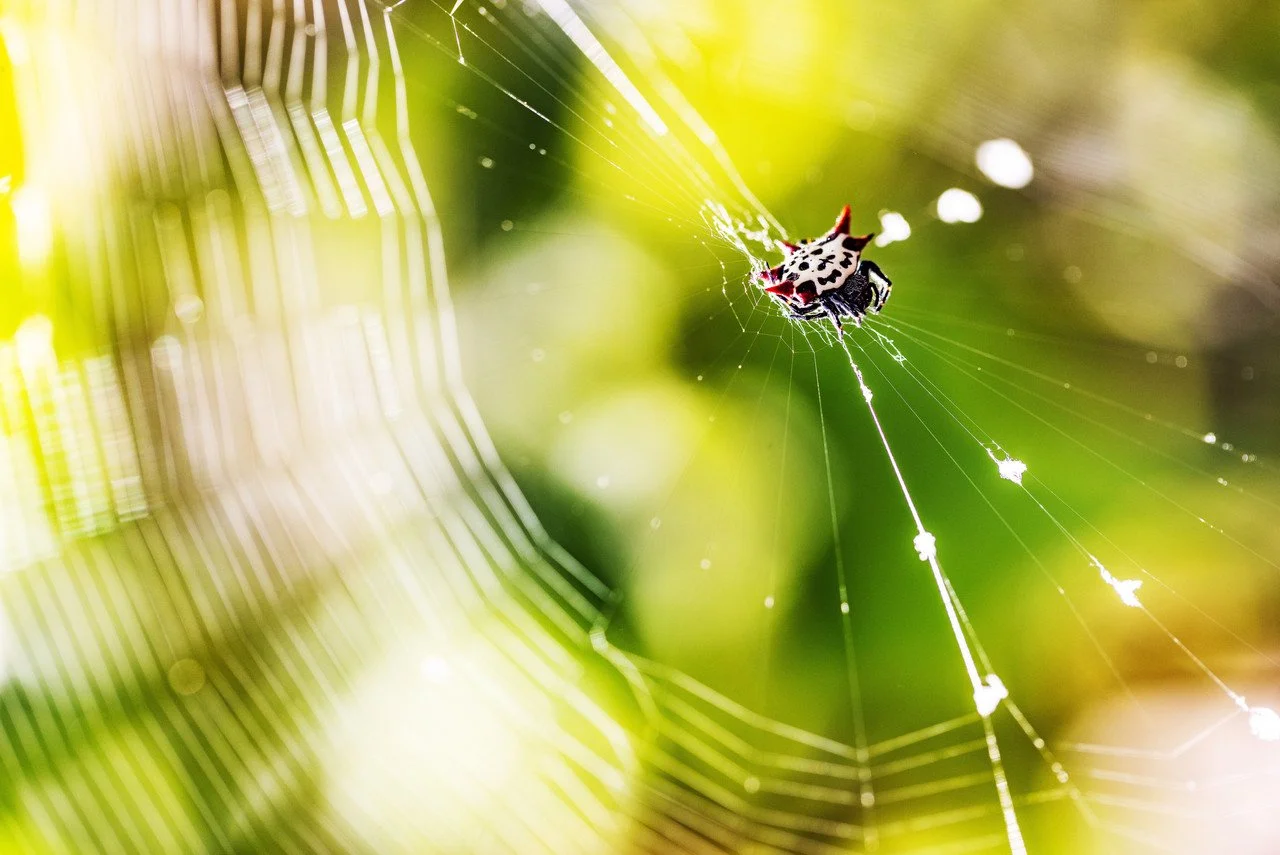Diary of a Gardener: Rooted in Joy: A Florida Gardener’s Guide to Growing, Healing, and Thriving Week 4
Pest Patrol: How to Identify (and Love!) Your Florida Garden Guests
If you've ever walked into your Florida garden, spotted a few holes in your leaves, and immediately felt your stomach drop—you’re not alone. But before you grab the spray bottle or declare war, let’s take a breath. 🌿
Not every bug is a bad bug. In fact, some of those little visitors might be your biggest allies.
Learning to tell the difference between garden friends and true foes can turn panic into peace—and even deepen your connection to your growing space.
Step 1: Don’t Panic at the First Chewed Leaf
"A nibbled leaf isn’t a crisis—it’s a conversation with nature."
A little damage is normal in a healthy garden. A few holes often mean your garden is part of a thriving ecosystem that supports butterflies, bees, birds, and yes—even the occasional caterpillar.
It’s when the damage becomes widespread or plants start seriously suffering that you may need to step in.
But most of the time? Nature knows how to balance herself, especially if we give her a chance.
Step 2: Know Your Guests — Friends vs. Foes
Here’s a simple guide to help you quickly identify who’s who in your Florida garden:
🌿 Garden Friends (Beneficial Insects)
These guys are your natural pest patrol:
Ladybugs – Eat aphids, mites, and scale insects.
Lacewings – Their larvae are tiny, but fierce pest-eaters.
Spiders – Yes, really! They catch tons of flying pests.
Assassin Bugs – Prey on caterpillars, beetles, and other problem insects.
Hoverflies – Look like tiny bees; their larvae eat aphids.
Wasps (many types) – Pollinate plants and hunt pests like caterpillars (yes, the butterfly larvae too, unfortunately).
Dragonflies – Eat mosquitoes and small flying insects.
🌸 If you spot these guests, leave them be—they're helping you.
🌿 True Garden Pests (When to Take Action)
These are the troublemakers that can get out of hand:
Aphids – Tiny green, yellow, or black bugs that suck sap.
Mealybugs – White, cottony-looking pests found on stems.
Whiteflies – Small white flying insects under leaves.
Scale insects – Hard or soft shell bugs stuck to stems.
Spider mites – Tiny red or yellow specks that cause webbing and leaf damage.
Caterpillars (some species) – Can strip plants overnight if populations are large.
Thrips – Pierce and suck plant juices.
🌴 Mild damage? Observe.
Serious damage? Choose gentle treatments like horticulture oils and soaps, organic sprays such as Captain Jack’s Dead Bug or simply hand-picking.
Quick Garden Pest Patrol Checklist
Before you react, run through these steps:
☀️ Step outside in the morning or evening when bugs are most active.
👀 Inspect your plants—look under leaves, along stems, and at new growth.
🔍 Use your phone camera to zoom in on bugs you aren’t sure about.
🌿 Check if natural predators are already there (ladybugs, lacewings, wasps).
🛑 Pause before treating—ask: is the damage light or serious? Do NOT spray oils and soaps in the sun, it’s like tanning oil.
📚 Look up unknown bugs (or snap a photo and reach out to your local extension office for ID help).
Step 3: Invite Balance Into Your Garden
"The healthiest gardens aren’t bug-free—they’re full of life."
Here’s how you can encourage natural pest control, Florida-style:
Plant lots of native flowers like Coreopsis and Sage to attract good bugs.
Mix up your planting—diverse gardens confuse pests.
Skip the broad-spectrum pesticides that harm your helpful insects, too unless your plant will die with no intervention.
Add small water features like birdbaths to attract dragonflies and beneficial wildlife.
When you work with nature instead of against it, your garden becomes more resilient—and so do you.
Yes, pests are part of gardening. But so are ladybugs, lacewings, and beautiful butterflies emerging from well-nibbled leaves.
Let your garden be alive, not sterile.
Trust that most of the time, it will find its own balance—and that a few chewed leaves are just the price of growing something truly alive.
So next time you see a little insect in your garden, lean in closer. You might just be looking at your garden’s newest helper. 🐞

